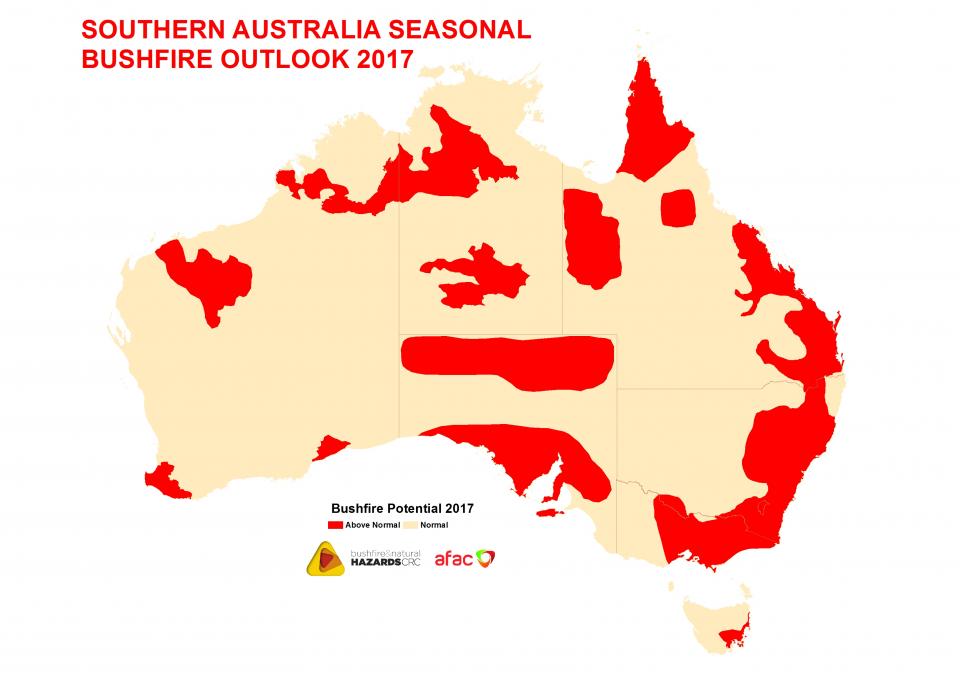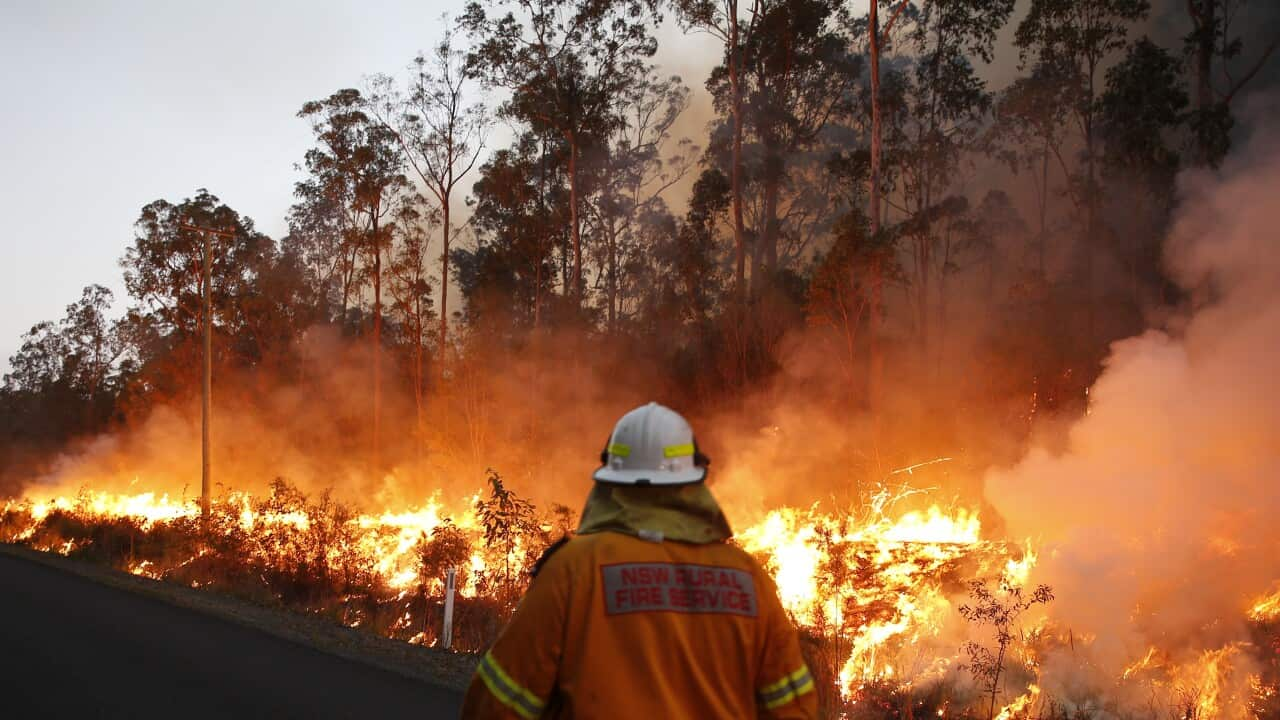Best Practices in Bushfire Monitoring for Comprehensive Fire Security
In the world of bushfire administration, the quest for comprehensive fire protection demands a careful technique that includes numerous crucial facets. As we navigate through the nuances of these ideal methods, an exploration into the detailed internet of strategies and methodologies waits for, assuring a much deeper understanding of the multifaceted landscape of bushfire management for detailed fire protection.
Risk Evaluation and Preparation
In bushfire administration for fire protection, the preliminary step includes performing a complete danger analysis and creating a thorough strategy to minimize possible risks. By comprehending these dangers, fire defense authorities can focus on areas that are most vulnerable to bushfires and designate resources efficiently.
Following the risk assessment, the next important action is to develop a detailed plan to attend to the recognized dangers. This plan must detail strategies for avoidance, readiness, response, and recuperation in case of a bushfire. It must also include steps for area interaction, interaction, and discharge procedures. By having a distinct plan in position, emergency services can act swiftly and effectively to shield lives, residential property, and the setting during a bushfire episode. Efficient risk assessment and preparation are fundamental components of bushfire administration for making certain extensive fire defense.
Greenery Monitoring Approaches
After conducting a complete danger analysis and creating a detailed plan for bushfire management, the focus shifts to applying effective greenery monitoring methods. Plants management plays an important role in lowering the intensity and spread of bushfires.
Along with developing defensible area, prescribed burning is another crucial vegetation management strategy. Suggested burns entail deliberately establishing fires under regulated conditions to lower the build-up of gas, decrease the probability of high-intensity wildfires, and advertise ecosystem health and wellness. By purposefully burning locations with excess greenery, gas levels are lowered, making it harder for fires to spread out swiftly and uncontrollably.

Neighborhood Engagement and Education
Reliable neighborhood engagement and education are vital parts in developing a proactive and durable technique to bushfire monitoring. By entailing community members in the preparation and execution of bushfire management strategies, stakeholders come to be active participants in securing their neighborhoods and homes. Area engagement fosters a sense of common obligation and encourages citizens to take possession of their safety and security.
Education and learning plays an important function in furnishing individuals with the knowledge and skills needed to mitigate bushfire threats properly. Offering instructional resources ablaze avoidance, evacuation procedures, and the importance of very early discovery can substantially boost community preparedness. Additionally, educating homeowners on the local bushfire environment, consisting of fire actions and threat aspects, allows them to make informed decisions throughout high-risk circumstances.
With recurring engagement and education and learning campaigns, communities can establish a cumulative understanding of bushfire threats and work collaboratively to decrease the impact of wildfires. By fostering a society of readiness and resilience, community participants can boost their ability to respond successfully to bushfire emergencies and safeguard both lives and residential property.

Early Detection and Caution Solutions
Community engagement and education and learning act as foundational columns in establishing proactive bushfire monitoring methods, preparing for Click This Link the application of robust early discovery and warning systems. Early detection and warning systems are crucial parts in mitigating the impact of bushfires on communities and the setting. These systems incorporate a variety of techniques and technologies intended at identifying and alerting authorities and homeowners to possible fire outbreaks swiftly and successfully.
One secret component of early discovery systems is making use of innovative tracking modern technologies such as satellite imagery, drones, and climate stations to discover indicators of potential fire ignition. These innovations give real-time data that can be examined to identify fire-prone areas and trigger very early cautions. Additionally, the integration of community-based tracking networks and automated sharp systems can boost the efficiency of early discovery initiatives by involving locals in reporting prospective fire threats and receiving timely warnings.
Effective early detection and warning systems rely upon a multi-faceted strategy that incorporates technological development, neighborhood participation, and quick emergency situation feedback methods to ensure the timely and coordinated management of bushfire events. By buying these systems and promoting partnership between stakeholders, neighborhoods can improve their durability to bushfires and lessen the connected threats.
Emergency Response and Evacuation Strategies
A well-coordinated and comprehensive emergency situation feedback and discharge strategy is necessary for properly guarding lives and building throughout bushfire cases. These strategies ought to be meticulously crafted, taking into account variables such as the topography of the location, the density of vegetation, and the potential rate and instructions of the fire's spread.
One important element of an emergency response strategy is the establishment of clear interaction channels to disseminate precise and timely information to homeowners and emergency situation responders. This can consist company website of using sirens, mobile signals, social media, and neighborhood meetings to ensure that every person is notified and knows what activities to take.
Evacuation paths should be pre-identified and consistently preserved to ensure they come during emergencies. Additionally, assigned evacuation facilities should be developed to offer sanctuary, medical help, and assistance services to evacuees.
Routine drills and workouts are essential to acquaint residents with evacuation treatments and examine the effectiveness of the plan. By constantly reviewing and updating emergency situation response and evacuation plans, neighborhoods can boost their preparedness and strength when faced with bushfire risks.
Final Thought
In verdict, reliable bushfire visit the site management requires an extensive method that consists of threat analysis, plant life monitoring, community engagement, early detection systems, and emergency reaction plans. By carrying out these ideal techniques, areas can much better shield themselves from the devastating impacts of bushfires - Bushfire Management Plan. It is vital to focus on aggressive actions to minimize the threats postured by bushfires and guarantee the safety and well-being of individuals and communities in danger
After conducting an extensive threat analysis and creating a thorough plan for bushfire management, the emphasis changes to implementing effective vegetation management approaches.Reliable area involvement and education and learning are vital elements in building a resilient and aggressive strategy to bushfire administration. By including community members in the planning and implementation of bushfire administration strategies, stakeholders come to be active individuals in securing their homes and neighborhoods.Neighborhood involvement and education offer as foundational columns in establishing aggressive bushfire administration techniques, laying the groundwork for the execution of robust very early detection and caution systems.In conclusion, efficient bushfire management needs a comprehensive technique that consists of danger analysis, greenery monitoring, community involvement, early detection systems, and emergency situation reaction strategies.
Comments on “Crafting Your Property's Safety: A Step-by-Step Bushfire Management Plan Guide”